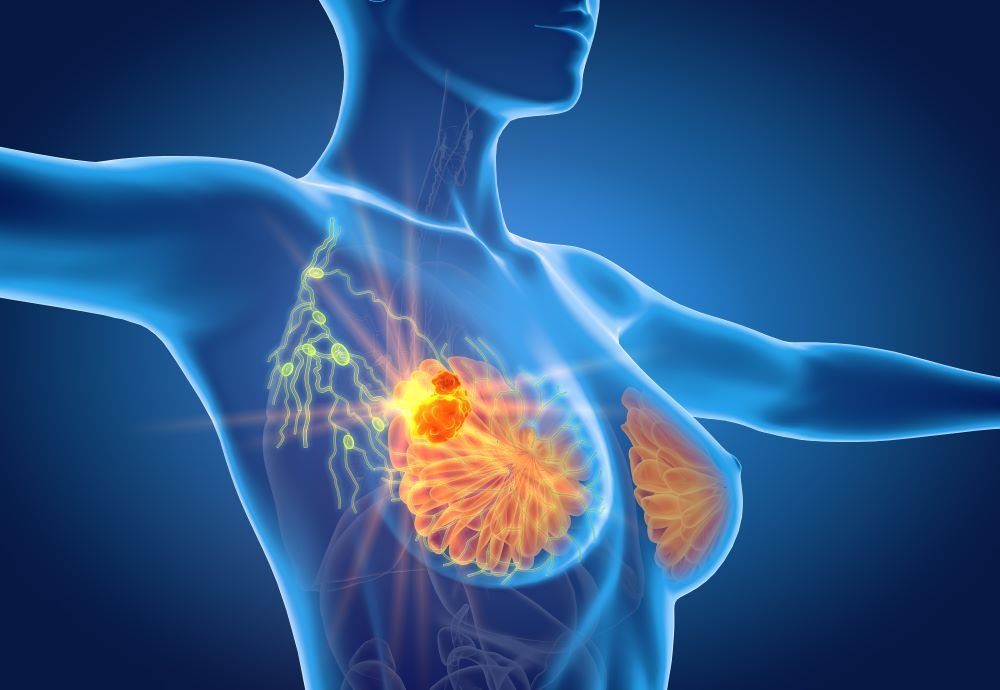Body mass index was associated with largest improvement in estimated risk for individual women
By Lori Solomon HealthDay Reporter
WEDNESDAY, Dec. 6, 2023 (HealthDay News) — The inclusion of additional risk factors improves the predictive value of the Breast Cancer Surveillance Consortium (BCSC) version 2 model for identifying women at risk for invasive breast cancer, according to a study published online Nov. 17 in the Journal of Clinical Oncology.
Charlotte C. Gard, Ph.D., from New Mexico State University in Las Cruces, and colleagues examined the effectiveness of expanding the BCSC version 2 model of invasive breast cancer risk to include body mass index (BMI), extended family history of breast cancer, and age at first live birth. The analysis included 1,455,493 women (aged 35 to 79 years) without a history of breast cancer.
The researchers found that during 7.3 years of follow-up, 30,266 women were diagnosed with invasive breast cancer. The BCSC version 3 model had an expected-to-observed ratio of 1.03 and an area under the receiver operating characteristic curve of 0.646 for five-year risk. Discrimination of the version 3 model improved most in Asian, White, and Black women compared with version 2. The true-positive rate in women with BMI of 30.0 to 34.9 kg/m2 and an estimated five-year risk of ≥3 percent increased from 10.0 percent (version 2) to 19.8 percent (version 3), with improvement greater among women with a BMI of ≥35 kg/m2.
“The updated BCSC model can help provide context for discussions between patients and their providers when a woman learns that she has dense breasts on her mammogram,” coauthor Jeffrey Tice, M.D., from University of California in San Francisco, said in a statement.
Abstract/Full Text (subscription or payment may be required)
Copyright © 2023 HealthDay. All rights reserved.








